Many people describe this phenomenon as “nothing on the plate but everything on the bill,” yet most fine dining enthusiasts hardly complain about it.
If we have ever watched films featuring scenes where characters dine in luxurious restaurants (like Ratatouille, for example), we would notice that nearly all dishes consist of a tiny morsel sitting “lonely” on a large plate. Even if the portion is substantial, it is divided into several small pieces arranged on the plate, never presenting a heaping and “bountiful” display of food like one would see in typical restaurants.
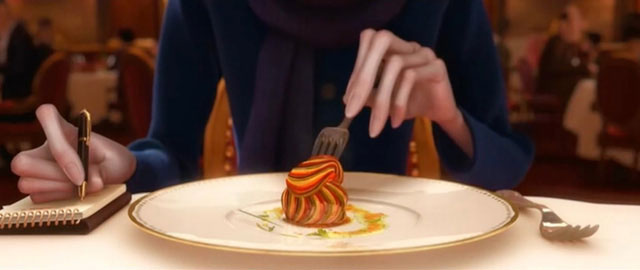
The luxurious version of ratatouille.
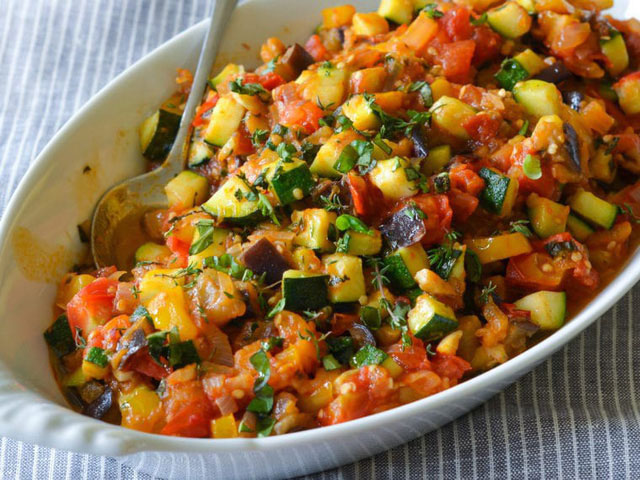
The “common” version of ratatouille.
For food enthusiasts, this is quite perplexing; however, it is a common style in upscale restaurants, much like the expectation to dress formally when dining in such places. There isn’t much official explanation from restaurants regarding the origin of this practice, but some frequent diners have speculated the following reasons:
Price and Rarity of Ingredients
Small portions are due to the high cost of ingredients at upscale restaurants. To maintain their image, luxury restaurants typically source their ingredients from the most “exotic” suppliers. Dishes featuring caviar, truffles, or prime marbled beef tend to be exorbitantly priced. However, for many, this explanation feels “half-baked” because not all dishes utilize such expensive ingredients. Some “common” dishes made from vegetables, like ratatouille or pumpkin soup, have main ingredients that cannot justify such tiny portions.
Small is “Chic” and “Elegant”
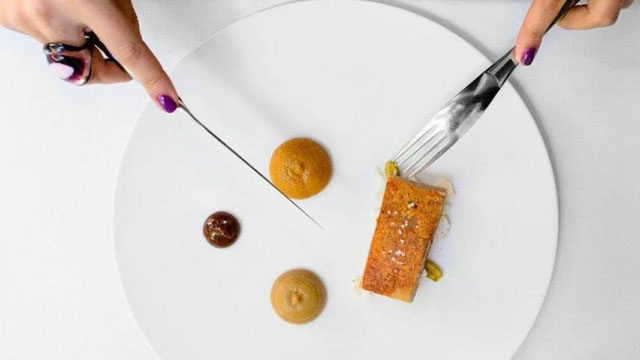
No one goes to upscale restaurants just to fill their stomachs.
No one dines at upscale restaurants simply to get full; this is an unspoken understanding among fine dining aficionados. People don’t frequent these restaurants daily for lunch or dinner (unless you are extraordinarily wealthy, but that’s a different story). They choose to dine at such establishments for special occasions like romantic dinners, anniversaries, or business meetings. For many, a piled-high plate of food seems to lack the elegance and grace appropriate for such occasions, and it also eliminates the risk of leaving behind “scraps” on the table. It’s rare to see leftover food on plates in luxury restaurants (due to the small portions), which many believe makes the setting appear tidier and cleaner.
Design and Aesthetics
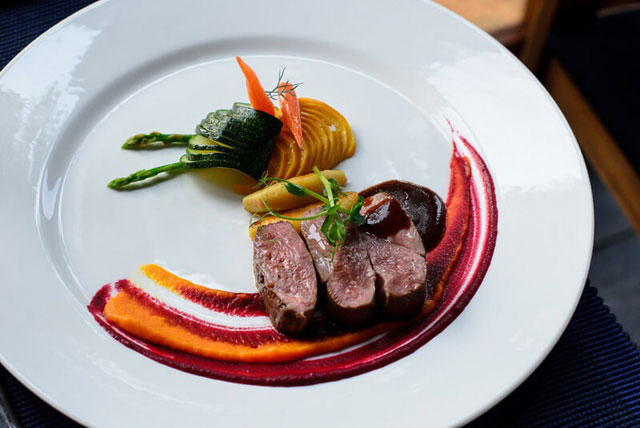
Most upscale restaurant tableware is plain white with minimal decoration.
The reality is you cannot paint on a canvas already filled with color. This is similar to how chefs cannot decorate an overflowing plate. Upscale restaurants must leave some empty space on the plate for garnishes or sauces. Moreover, if you pay close attention, you will see that most tableware in luxury restaurants is pure white with minimal patterns. This is also for aesthetic reasons.
Style
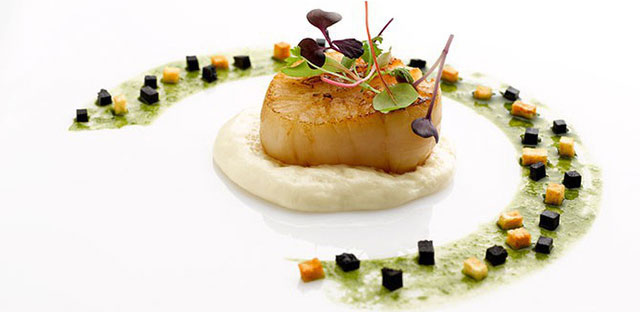
When we see small portions on a large plate, we think of upscale restaurants.
Many argue that this practice doesn’t hold much practical significance, but largely serves to differentiate upscale restaurants from ordinary ones, as a way to build character and brand identity. It can be said that this method has been quite effective because when we see small portions on large plates, we immediately associate them with luxury dining, while fuller plates evoke images of fast food chains or casual eateries.
Rarity Equals Value
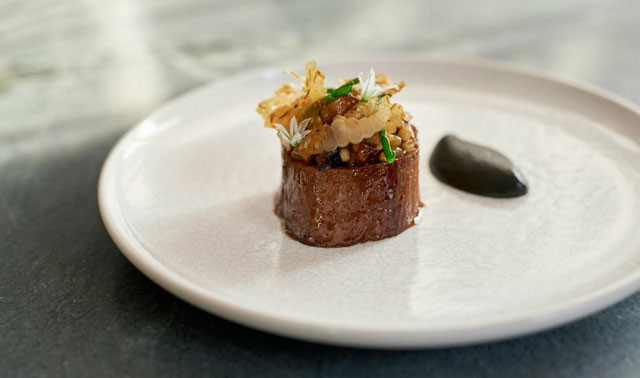
Human psychology is often attracted to rare items.
Human psychology tends to be drawn to the rare. Generally, if a dish can be found everywhere, we do not value it as much, but if it is rare, it suddenly becomes incredibly precious. Upscale restaurants also leverage this psychology to make their dishes appear more enticing.
Preventing Boredom
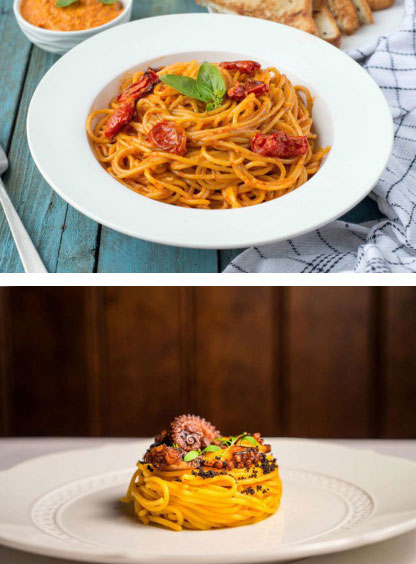
The same spaghetti dish at an upscale restaurant seems more appetizing due to smaller portions.
Feeling bored is the enemy of many chefs worldwide. The truth is that no matter how delicious a dish is, if you eat too much, eventually, it will become familiar and even tedious. Moreover, upscale restaurants cater to food critics, who only provide their evaluations at the end of each meal; if diners become bored, it poses a significant disadvantage. Thus, before our taste buds acclimate to the food and deem it “ordinary,” the dish is already gone. This is also a “strategy” employed by restaurants, leaving diners with a lingering sense of “craving” since they haven’t eaten enough.
Investing in Experience
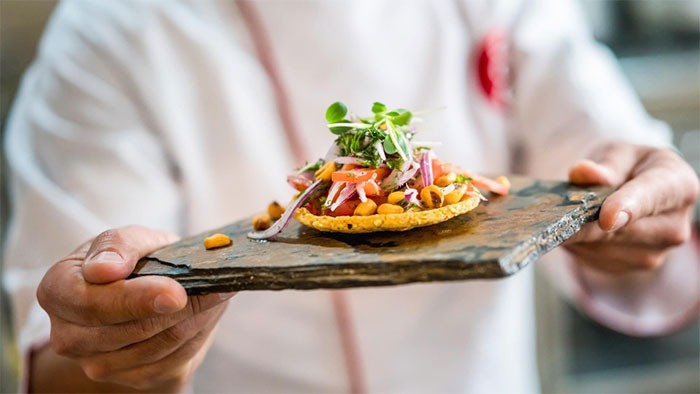
Upscale restaurants emphasize the dining experience.
Expensive restaurants prioritize the dining experience of their guests. Simultaneously, customers visiting these establishments seek unique flavors and experiences rather than just a full stomach. With smaller portions, they can sample various dishes and truly appreciate the fresh, delicate flavors of each one.
Every Dish Contains Expensive Ingredients
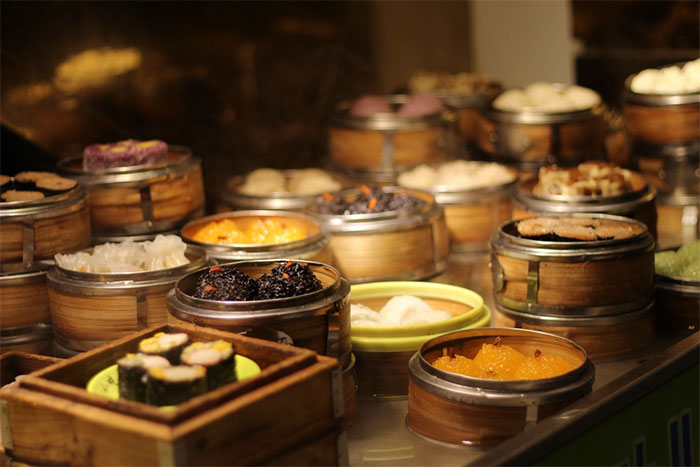
Luxury restaurants often import ingredients, impacting menu prices.
Dishes made with carefully selected, exquisite ingredients are common in high-end restaurants. For instance, half a kilogram of Wagyu beef can cost around $200, and caviar is priced at approximately $10,000 per kilogram. A dish featuring both of these ingredients along with Italian truffles (around $7,500 per kilogram) will undoubtedly carry a high price tag. Additionally, luxury restaurants often import ingredients, which raises costs and impacts menu prices. To keep prices manageable, they serve smaller portions.




















































